Circuit Description
An algorithm in the ECM calibration monitors engine speed as each injector fires while the engine is at idle. If a cylinder has high or low contribution to engine speed, this fault will become active. The intention of this fault is to assist in troubleshooting performance complaints such as engine misfire and low power.
Component Location
The ECM is located on the intake side of the engine.
Conditions for Running the Diagnostics
This diagnostic runs continuously when the engine coolant temperature is greater than 71?C [160?F].
Conditions for Setting the Fault Codes
If cylinder 5 has high or low contribution to engine speed, this fault will become active.
Action Taken When the Fault Code is Active
The ECM illuminates the amber CHECK ENGINE lamp and/or the Malfunction Indicator Lamp (MIL) immediately when the diagnostic runs and fails.
Conditions for Clearing the Fault Code
To validate the repair, start the engine and let it idle for up to 5 minutes.
The fault code status displayed by INSITE? electronic service tool will change to INACTIVE immediately after the diagnostic runs and passes.
The ECM will turn off the amber CHECK ENGINE lamp after the diagnostic runs and passes.
For On-Board Diagnostic (OBD) engines, the ECM will turn off the MIL after three consecutive trips where the diagnostic runs and passes.
The ?Reset All Faults? command in INSITE? electronic service tool can be used to clear active and inactive faults, as well as extinguish the MIL for OBD applications.
Shop Talk
If Fault Code 1658 is inactive in the ECM memory and there is no complaint such as ?low power? or ?engine misfire?, it is possible that an intermittent event such as air entering the fuel system following a filter change caused the fault. Inactive counts of Fault Code 1658 should be disregarded unless other performance symptoms are present. The engine coolant temperature must be greater than 71?C [160?F] before this diagnostic will run.
Causes of cylinder misfire can include:
Valve lash out of specification (compare actual valve lash to reset limits)
Cylinder malfunction (check for high blowby when the engine is loaded)
Valve malfunction or valve held open (listen for intake valve ?chirping? noise in the intake)
Cylinder head or gasket malfunction (look for signs of oil, coolant, or casting flash in the intake or exhaust passages)
Extreme camshaft wear (inspect the camshaft lobes for wear)
Extra, missing, or damaged sealing washer under an injector
Injector malfunctions (?swap? injectors to see if the problem ?follows? the indicated injector).
Check air compressor timing (if engine has had fault since new or has had a recent air compressor replacement).
Possible Cause:
1) Cylinder Misfire
2) ECM calibration


 AGCO
AGCO ALLISON
ALLISON BENDIX
BENDIX BOBCAT
BOBCAT CAT
CAT CLAAS
CLAAS CNH
CNH DAF
DAF DETROIT
DETROIT EATON
EATON FREIGHTLINER
FREIGHTLINER HINO
HINO HITACHI
HITACHI ISUZU
ISUZU JCB
JCB JOHN DEERE
JOHN DEERE JPRO
JPRO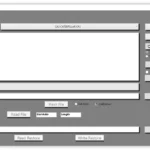 MAGIC TUNER
MAGIC TUNER MAN
MAN Navistar
Navistar PACCAR
PACCAR PERKINS
PERKINS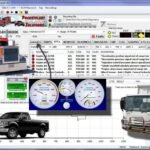 PF DIAGNOSE
PF DIAGNOSE PSI POWERLINK
PSI POWERLINK RENAULT
RENAULT SCANIA
SCANIA THERMO KING
THERMO KING UD NISSAN
UD NISSAN VOLVO
VOLVO WABCO
WABCO ZF TESTMAN
ZF TESTMAN
 BELL
BELL BENDIX
BENDIX BOBCAT
BOBCAT CARRIE
CARRIE DAF
DAF DETROIT
DETROIT EATON
EATON FUSO
FUSO MACK
MACK
 Cumminz
Cumminz ISB4.5 CM2150
ISB4.5 CM2150 All Engines (2017 Emissions)
All Engines (2017 Emissions) PACCAR
PACCAR


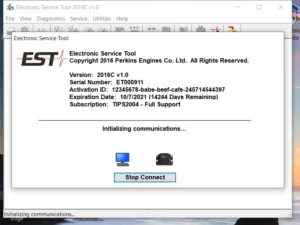

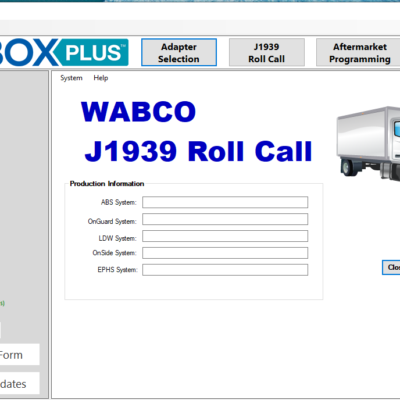


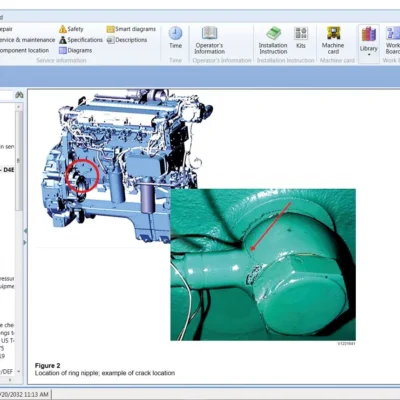


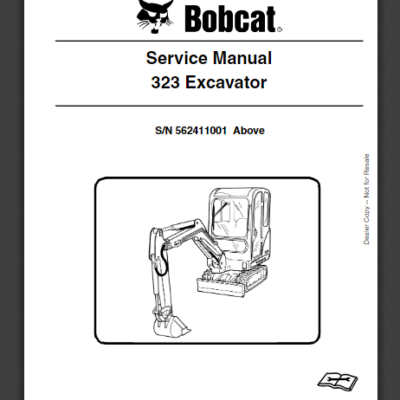
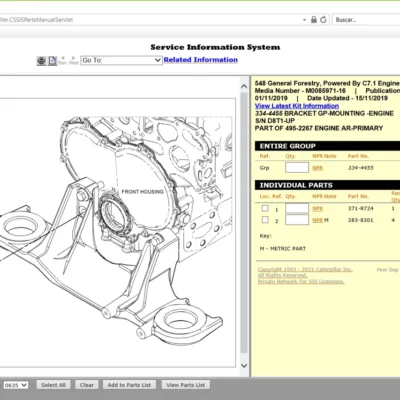
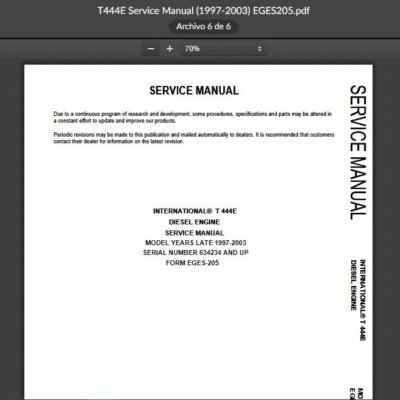

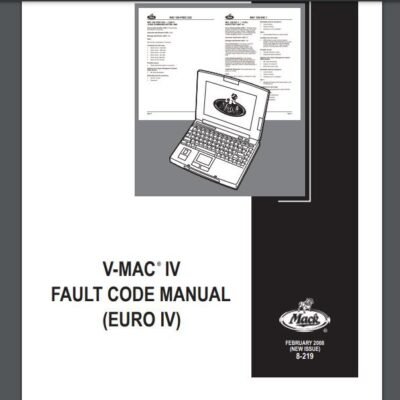

Reviews
Clear filtersThere are no reviews yet.